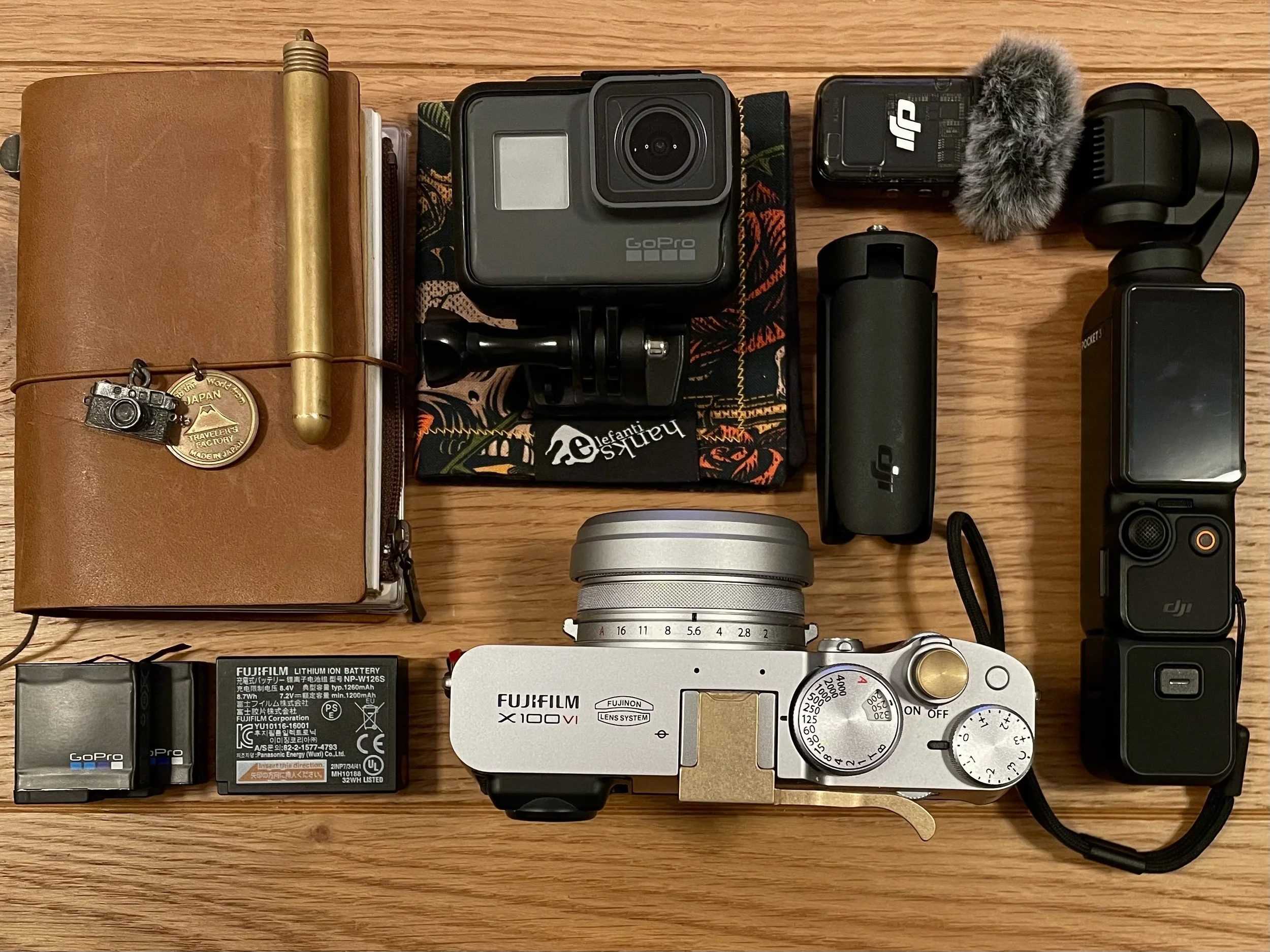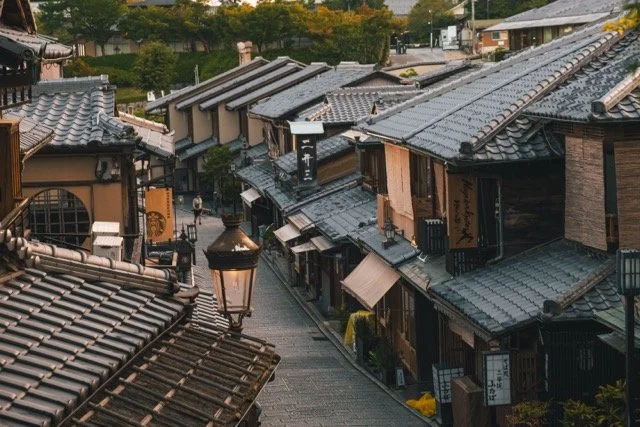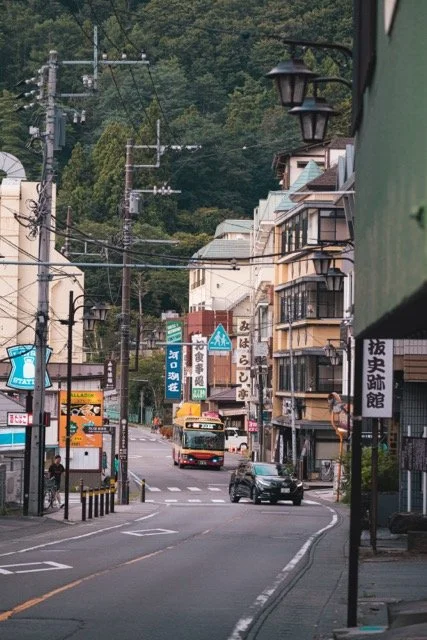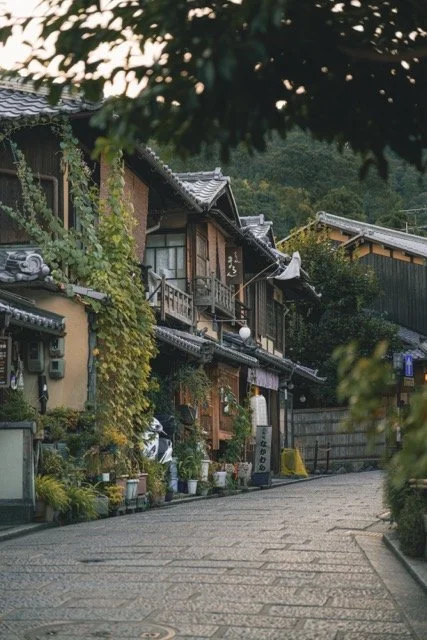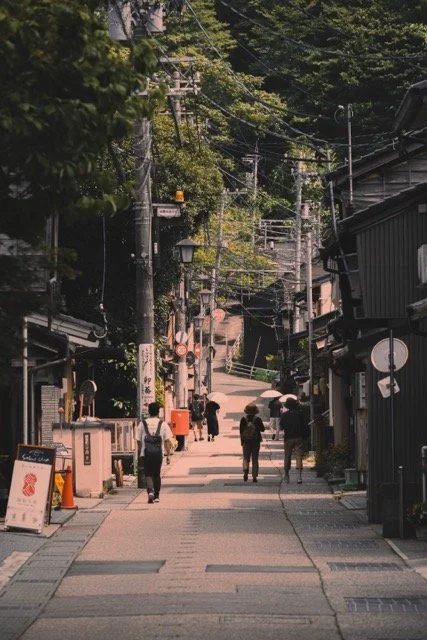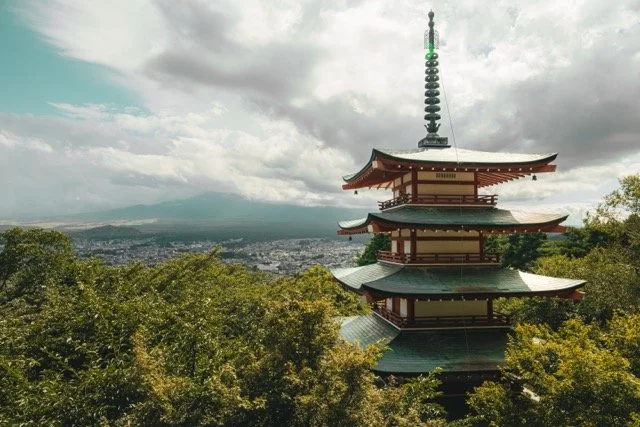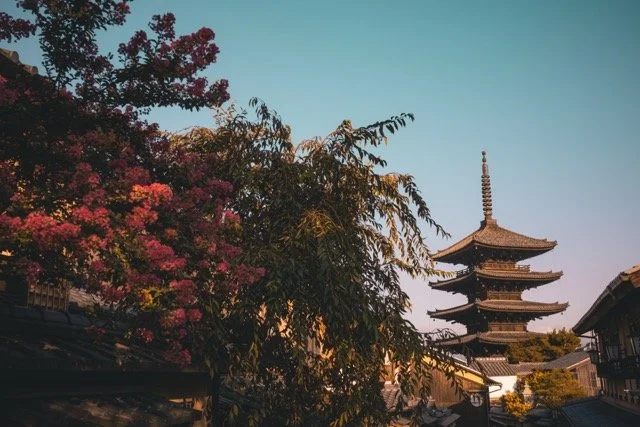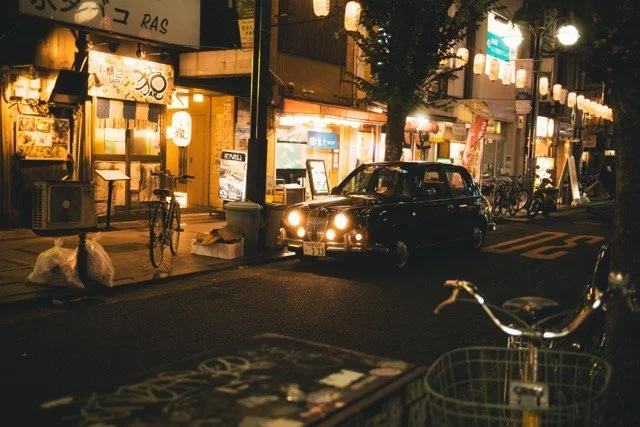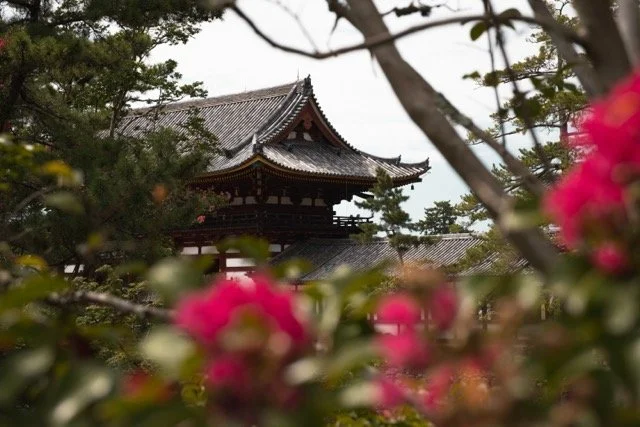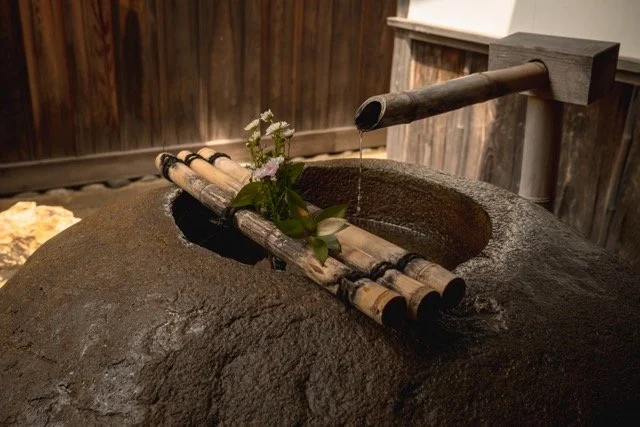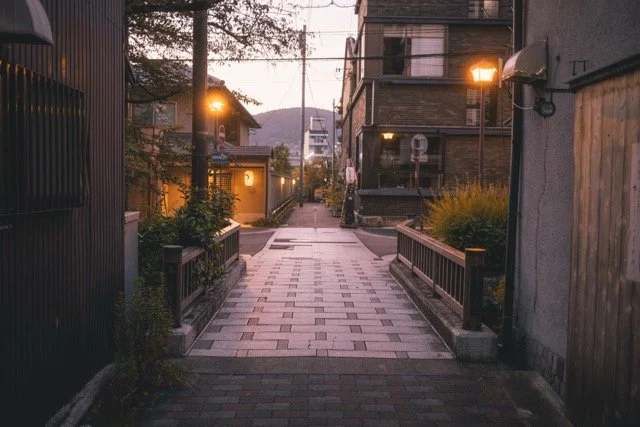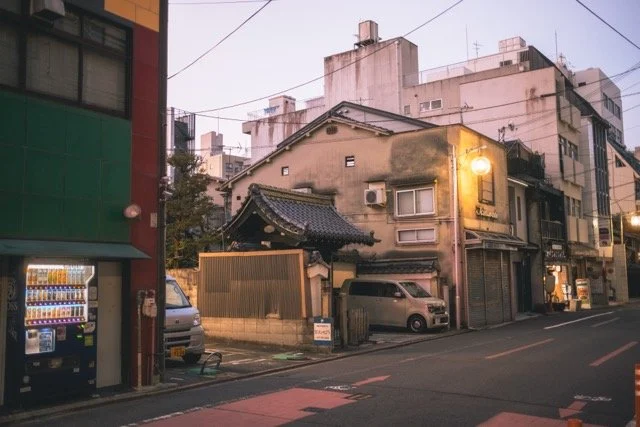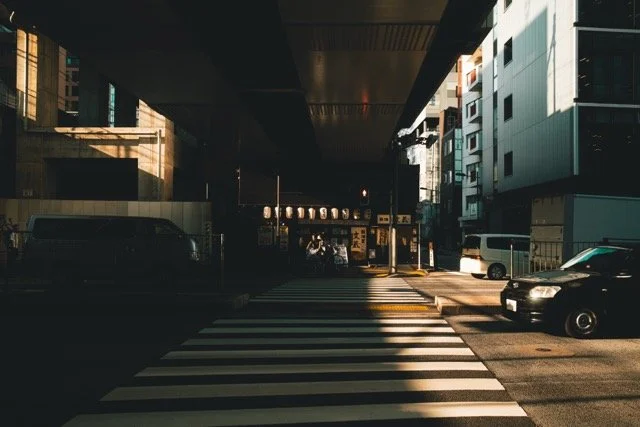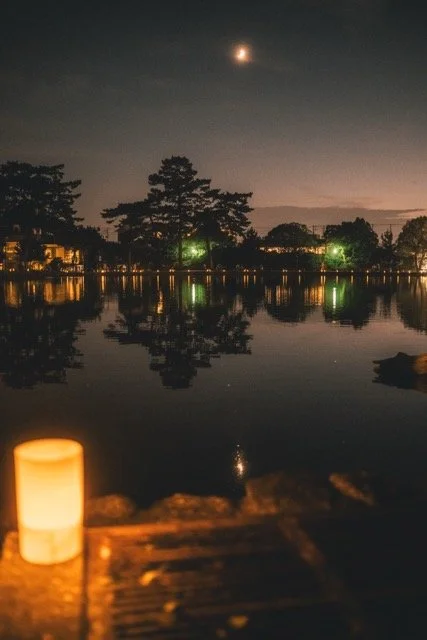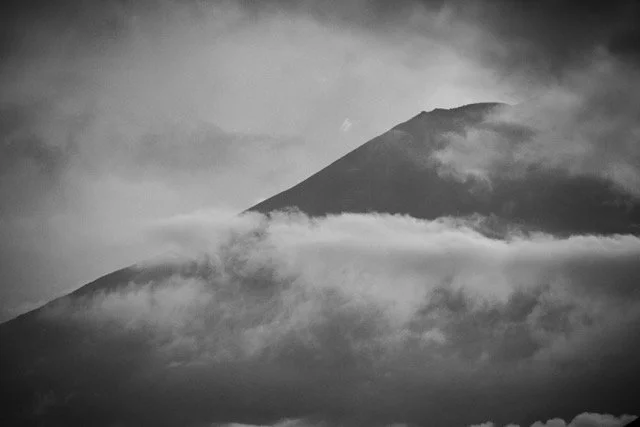Minimalist Travel Camera Gear: My City Explorer Setup
Introduction
Travelling light while still capturing high-quality photos and videos has always been my goal. On my recent trips to Japan and Copenhagen, I refined my minimalist city explorer setup—carrying only the essentials that allow me to shoot efficiently without feeling weighed down.
This setup lets me move freely, blend in as a tourist rather than a photographer with expensive gear, and avoid the fatigue of carrying too much. In this post, I’ll break down the compact gear I relied on, why I chose each item, and what I’d tweak for future city trips.
My Minimalist Everyday Carry for City Exploration
On hot days, or when navigating through crowded streets, I rely on a small but capable setup that lets me document my travels without hassle.
Bellroy Venture Ready Sling 2.5L – The Perfect Compact Bag
I needed a bag that was big enough to fit my camera, essentials, and a few accessories—but small enough to keep things ultra-light. The Bellroy Venture Ready Sling 2.5L was the perfect choice. It’s comfortable, secure, and doesn’t scream "camera bag," making it ideal for street photography and urban exploration.
What I fit inside:
Fuji X100VI (with accessories)
DJI Osmo Pocket 3
1 spare Fuji battery
Phone & AirPods
Notebook & fountain pen
On paper, it sounds like everything should fit easily—but when carrying both the Fuji X100VI and the Osmo Pocket 3, I found that it was a tight squeeze. While it motivated me to shoot more instead of constantly packing things away, it also meant I had no easy way to store both cameras at once. In the rain, this became an issue since the Osmo Pocket 3 is not water-resistant.
For future trips, I’m considering bringing a larger sling bag for rainy days.
Fuji X100VI – The Ultimate Compact Travel Camera
The Fuji X100VI is the heart of my setup. It’s compact yet powerful, with a 40MP sensor that gives me plenty of room to crop, in-body stabilization for sharp low-light shots, and the classic film simulations that make Fuji cameras so fun to shoot with.
Why I love it for city travel:
Battery Life: One spare battery is enough for a full day.
Film Simulations: Great for instant previews—though I still edit my RAW files later.
Compact & Discreet: Doesn’t attract much attention, unlike larger cameras.
I sync my phone’s GPS data to the Fuji X100VI so that I can track where each shot was taken. Later, I love looking at a map of my travels and seeing where I captured each moment.
Accessories I use:
K&F Concept Black Mist 1/8 Filter – Adds a cinematic softness to images.
Leather Neck Strap (Traveler’s Factory Kyoto) – A beautiful, personal touch.
Peak Design Wrist Strap – Perfect for when I want to go ultra-light.
I alternate between the neck strap and wrist strap depending on how I feel. In busy areas, the wrist strap makes shooting more nimble.
DJI Osmo Pocket 3 – My Compact Video Solution
When I want to capture smooth, high-quality video, I use the DJI Osmo Pocket 3. It’s a tiny powerhouse with a built-in gimbal that delivers stable footage, even when walking through crowded streets.
Why I love it:
Compact & Lightweight: Fits easily in my bag.
ND Filters (K&F Concept): Helps control shutter speed for cinematic motion.
Long Battery Life: Lasts hours, so I never had to use the battery grip.
Face Tracking: Adds dynamic movement to shots.
I usually shoot in D-Log and use DJI’s LUT to color grade later. While I also brought the extended battery grip and tripod, I hardly used them—proving that the Osmo is great even in its most compact form.
For future trips, I’ll start using my GoPro Hero 6 to capture POV photo walks for YouTube. I’m also testing a chest or clip mount for a more immersive experience.
Analog Meets Digital: My Travel Notebook Setup
Beyond cameras, I’ve been transitioning away from a fully digital life and incorporating more analog tools into my workflow.
Traveler’s Notebook (Passport Size) + Fountain Pen
A place to jot down ideas, weekly tasks, and travel notes.
Stores tickets, stamps, and small photo prints from my trips.
Helps me stay mindful and reflect on experiences beyond just digital content.
At home, I use a small pocket printer to print photos and create travel journals—something I’ve found to be a more meaningful way to document my travels.
Biggest Advantages of Carrying This Minimalist Setup
Agility: I can move quickly, capture moments without setting up bulky gear.
Blending In: I look more like a tourist, avoiding unwanted attention.
Less Fatigue: No heavy backpack—just the essentials.
Encourages Creativity: Shooting one-handed with the Fuji naturally pushed me into a more nimble street photography style.
What I’d Change for Future Trips
Add the GoPro Hero 6 for POV-style video content.
Try a better way to carry both cameras (especially in the rain).
Test a chest or clip mount for hands-free shooting.
Final Thoughts
Traveling with a minimalist setup has completely changed how I explore cities. Carrying only what I truly need keeps me agile, creative, and free to capture moments as they happen.
I’ll continue refining this setup, but for now, it’s the perfect balance between portability and functionality.
What’s your go-to minimalist travel gear? Drop a comment below.
